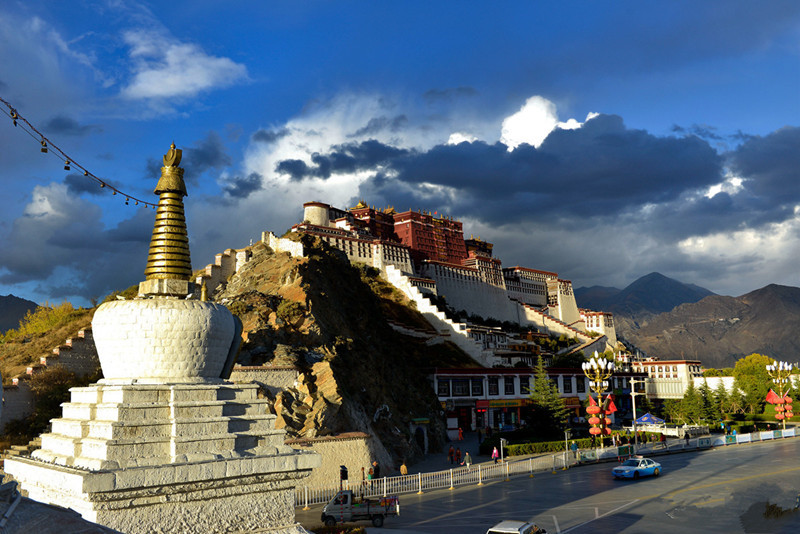
Top Wonders of China
China is home to a rich tapestry of natural and man-made wonders that captivate travelers from around the world. Here are some of the top wonders of China:
- Great Wall of China: Stretching over 13,000 miles, the Great Wall is one of the most iconic symbols of China’s ancient civilization. Built over centuries to protect against invasions from nomadic tribes, it offers breathtaking views of rugged landscapes and historic fortifications.
- Forbidden City: Located in the heart of Beijing, the Forbidden City served as the imperial palace for over 500 years during the Ming and Qing dynasties. With its majestic architecture, ornate palaces, and sprawling courtyards, it is a UNESCO World Heritage Site and a testament to China’s imperial past.
- Terracotta Army: Discovered in the Shaanxi province in 1974, the Terracotta Army is a vast collection of life-sized clay soldiers, horses, and chariots buried with Emperor Qin Shi Huang to protect him in the afterlife. This archaeological marvel is a UNESCO World Heritage Site and a testament to the craftsmanship of ancient China.
- Li River and Karst Mountains: The scenic beauty of the Li River and the karst landscape of Guilin and Yangshuo in Guangxi province have inspired poets and artists for centuries. Cruising down the Li River offers stunning views of limestone peaks, traditional villages, and bamboo groves immortalized in Chinese paintings.
- Mount Everest: Straddling the border between China and Nepal, Mount Everest is the world’s highest peak, standing at 8,848 meters above sea level. Known as Qomolangma in Tibetan, it is a sacred mountain revered by Buddhists and an ultimate challenge for mountaineers.
- Zhangjiajie National Forest Park: Located in Hunan province, Zhangjiajie is famous for its towering sandstone pillars, lush forests, and mist-shrouded peaks. The park’s dramatic landscapes served as inspiration for the floating mountains in the movie “Avatar.”
- Potala Palace: Perched atop Marpo Ri Hill in Lhasa, Tibet, the Potala Palace is a UNESCO World Heritage Site and one of the most iconic landmarks of Tibetan Buddhism. With its imposing white-and-red façade, gold-plated roofs, and intricate murals, it served as the winter residence of the Dalai Lama for centuries.
- Yellow Mountain (Huangshan): Renowned for its otherworldly beauty, Huangshan is characterized by its granite peaks, twisted pine trees, and sea of clouds. It has been a source of inspiration for Chinese artists and poets for centuries and is a UNESCO World Heritage Site.
- Jiuzhaigou Valley: Located in Sichuan province, Jiuzhaigou Valley is known for its pristine alpine scenery, colorful lakes, waterfalls, and Tibetan villages. It is a UNESCO World Heritage Site and a paradise for nature lovers and photographers.
- The Three Gorges and Yangtze River: Carving through the heart of China, the Yangtze River is the country’s longest river and home to the spectacular Three Gorges: Qutang, Wu, and Xiling. Cruising down the Yangtze offers a glimpse into China’s ancient past and breathtaking natural beauty.
These wonders represent just a fraction of China’s rich cultural and natural heritage, offering visitors a glimpse into the country’s diverse landscapes and millennia-old history.














